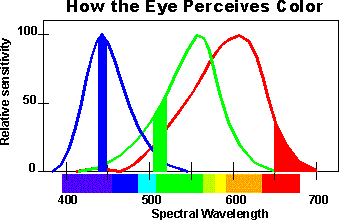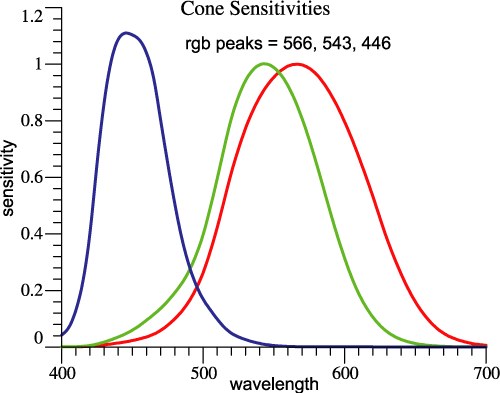-

The beam profile is MUCH better than with the PS3 diode. It is nice and smooth, with the fast axis seemingly better tamed at long distances. Will post a photo later, so you can see for yourself.
-

lol Tocket/ quote/I wouldn't worry too much about the bluray diodes though, it is too low in energy (per photon) to directly damage the DNA (but it can induce radical formation, which indirectly damages your DNA).
nothing to much to worry about then
for the life of me i cant remember where i read it but if i remember correctly that with a wavelength of under 417nm with a energy density of over 15mw per centimeter squared can cause as you say start radical formation which can lead to cancerous cell formation, obvouisly the deeper the uv the more chance of this occuring concidering the sun puts out a broard spectrum of uv of under 6 mw centimeter squared we all know what that can do to the skin (slap on some sun block) lol, personaly i dont take risks especialy when theres know need just my thoughts Paul
Last edited by kaz; 02-25-2008 at 07:43.
Reason: added something
-

I was watching a movie last night where they were using ultraviolet light to kill vampires. I'm thinking that these blu-ray diodes might be useful in some type of anti-vampire application.
-

im so gona buy a blu-ray burner
Eat Sleep Lase Repeat
-

here is a report of a skin cancer cooking treatment with uses 10J/cm^2 for a considerable length of time.
http://www.medscape.com/viewarticle/406456_3
It's good to know I'll be safe from vampires at least, if I turn this into a portabl unit. UV makes them burn up/explode, right!? 
-

what burner is this diode from??
update****
LG GGW-H20L
always read the post 
Eat Sleep Lase Repeat
-

FYI: Best Buy has Xbox HD-DVD players for $45. Not sure if that is a good deal or not for diodes but thought I would mention it.
-

sadly only a player 5mw, i want 100mw of 405nm 
Eat Sleep Lase Repeat
-

Charts like these suggest that mixing a bit of green with the 405nm would give blue....
DrLava / Kaz would you be interested in backing that up empirically on a non-fluorescence background. The fluorescence might still be an issue for graphics if it works though.



-

Hi Zoof, what i found with the 405nm chips is the beam appears to be a dark blue whilst looking at the beam but when it strikes an object like a wall or painted wall it appears more of a white-ish colour probably due to the fluorescence as most things do but at different degrees, i have two of the ps3 diodes in a prodjector and varying the power output of the green and red and the 405 diode you could get the full spectrum of colours, its only when you use the ps3 diode by itself the beam termination looks more of a white than a blue , i turned the red off and mixed the green into the blue and it went from dark blue (405nm through to a lovely turquoise colour to green i dont know what the green power to blue ratio was i was not measuring but Drlava should be able to vouch for the nice colours you can achive
http://www.photonlexicon.com/forums/...ead.php?t=3412
what i found is that with a red diode at 60mw with a ps3 chip it made a nice pink colour
http://www.photonlexicon.com/forums/...ead.php?t=3391
this probably has not answered your question fully zoof but without a major test and lots of extra photos or video which probably wont help that much due to cameras not realy showing the true colours at certain wavelengths its one of thoes things that you have to see for yourself
Paul

 Posting Permissions
Posting Permissions
- You may not post new threads
- You may not post replies
- You may not post attachments
- You may not edit your posts
-
Forum Rules




